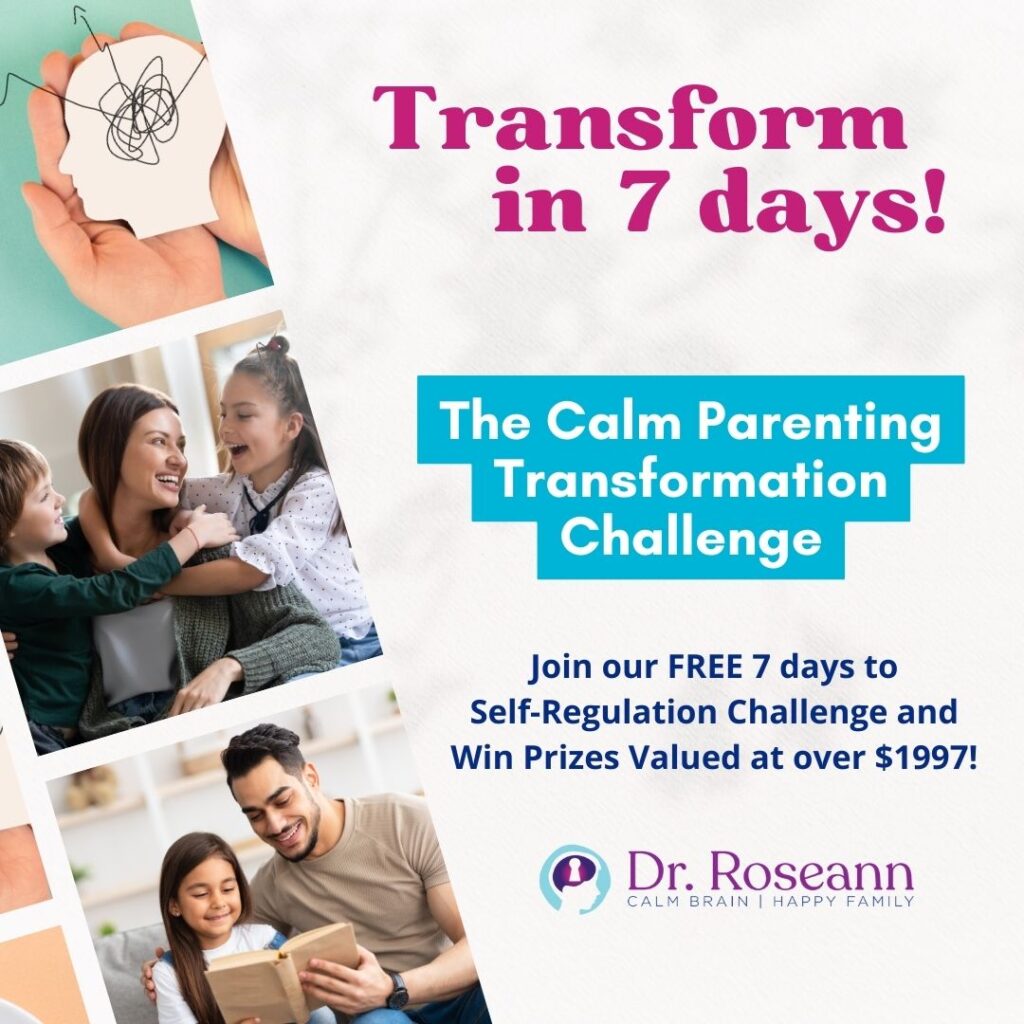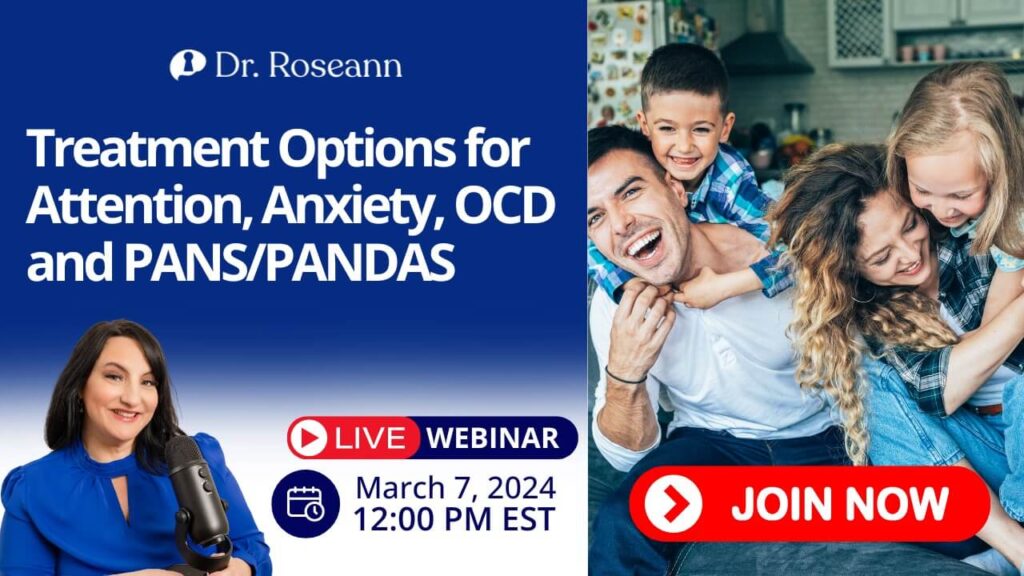Worry and avoidance manifesting anxiety, while commonly associated with the experiences of adults, are also experienced by kids. Anxiety in kids might not look the same as it does in grown-ups. It often shows up in small changes, like how they act, their mood, or how they interact with others.
In this episode, we delve into how we could help our kids overcome fear and worry. It is crucial for parents, teachers, and other guardians to be attentive and discern these subtle signs, guiding kids through their emotions. Understanding these details becomes essential as it contributes to the creation of a supportive environment that nurtures kids' emotional well-being.
Anxiety symptoms and their impact on kids.
Understanding and addressing behaviors linked to anxiety is vital. That is why I urge parents to play the role of parent detectives in uncovering the root causes for appropriate and effective anxiety treatment and support. Sometimes, the challenges don’t come up on the radar of parents as massive issues just like the concept of “anxious avoidance” which is subtly a notable sign of deeper clinical concerns.
Anxious avoidance refers to a behavioral pattern often in response to anxiety or fear, actively avoiding situations, activities, or experiences that people perceive as threatening or uncomfortable. This avoidance can manifest in various forms, such as evading social interactions, steering clear of specific places or events, or even bypassing particular thoughts or emotions.
This behavior can become problematic when it interferes with daily life, limits opportunities for growth, or hinders the individual's ability to face and cope with their fears. For some individuals, including children, they may go to great lengths to avoid situations that make them uncomfortable due to heightened anxiety levels.
Withdrawal, as a common manifestation of anxiety, is not solely attributable to natural shyness or introversion. It represents a behavioral response wherein individuals, grappling with anxiety, tend to retreat or disengage from social interactions, events, or situations that trigger discomfort or heightened stress. This withdrawal goes beyond typical introverted tendencies and is indicative of the individual's struggle with anxiety-induced challenges in navigating the social and emotional aspects of their lives.
Psychosomatic symptoms, on the other hand, take the spotlight as often overlooked indicators of anxiety, focusing on bodily responses like belly aches and gastrointestinal distress. Thus, the need to examine consistent patterns beyond situational stressors.
Managing anxiety in children and families.
Anxiety can be triggered by various factors like infection which leads to observable signs like irritability, moodiness, and anger. These behaviors, if left unaddressed, can be misconstrued as conduct disorders or even Oppositional Defiant Disorder. Additionally, anxiety is frequently intertwined with depression, forming a nexus that exhausts individuals both mentally and physically.
One prevalent mistake in dealing with anxiety is the tendency towards excessive reassurance. Anxious children may seek constant validation or repetition of information, signaling an underlying need for comfort. This behavior can also be observed in conditions like OCD, underscoring the importance of careful navigation to avoid reinforcing the anxiety loop.
Furthermore, anxiety can manifest in less apparent ways, such as low motivation and procrastination. While these symptoms are commonly associated with ADHD, mood disorders, autism and other conditions, they can also be indicative of underlying anxiety. The challenge lies in recognizing and addressing these subtle signs, which are often overshadowed or misdiagnosed.
A key area of misunderstanding is the misattribution of focus and attention issues solely to ADHD when, in reality, they might stem from clinical anxiety rooted in fear. The brain's inability to differentiate between real and imagined threats contributes to anxiety, exacerbated by the compounding stressors prevalent in today's world.
In addressing anxiety in ourselves and our children, I advocate for proactive management of fear, worry, and stress. Sharing calmness, as challenging as it may be, serves as a fundamental parenting tip. Co-regulation, where children mirror their emotional states off of their parents, emphasizes the need for parents to maintain emotional regulation, even in imperfect moments.
Additionally, I want to emphasize the importance of avoiding the reinforcement of worry and anxiety. This involves recognizing signs of avoidance, not succumbing to excessive reassurance, and resisting the temptation to accommodate illogical thinking. Teaching frustration tolerance and coping skills becomes paramount in managing anxiety, emphasizing the need for consistent reinforcement and a gradual, shaping approach.
To learn more about anxiety, you may read the following blog posts:
● Can Anxiety Be Treated without Medication?
● Anxiety Coping Skills for Teens
Links and Resources:
➡️ Join our FREE Natural Parenting Community to receive science-backed resources for your child and family. Join here.
➡️ Get help from Dr. Roseann and her team. Apply here.
➡️ “Is it ADHD or something else?” Take the quiz.








